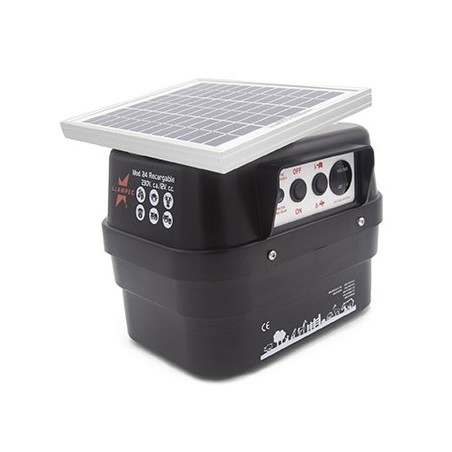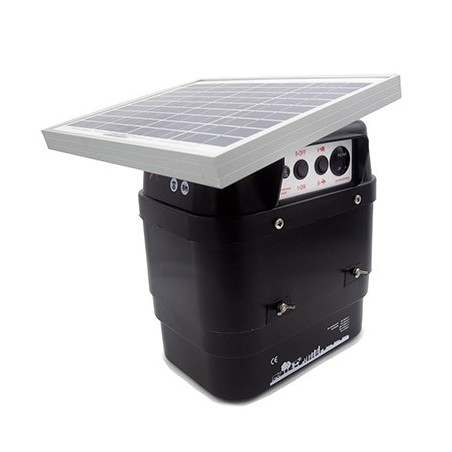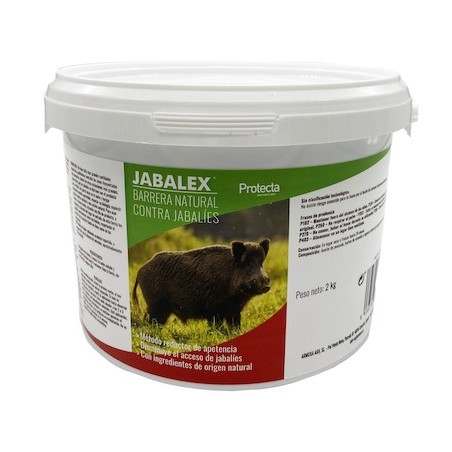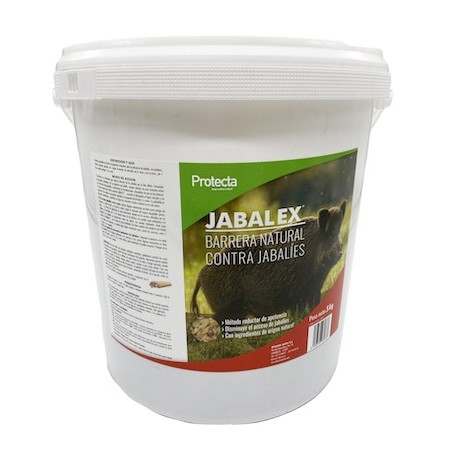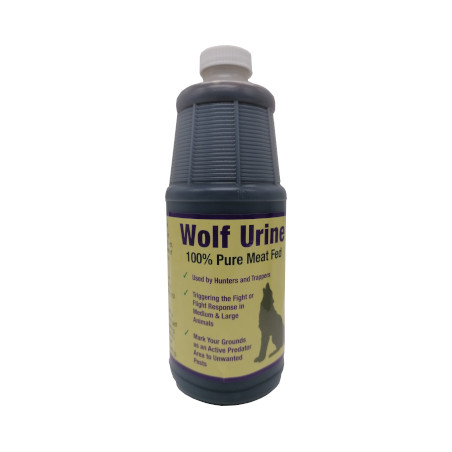Feral pigs are wild animal reservoirs of infectious pathogens transmissible to other species, all of which are transmissible to domestic pigs. The objective of this study was to detect the presence of harmful production-limiting pathogens; Brucella suis, Leptospira species, Lawsonia intracellularis, Mycoplasma hyopneumoniae and Actinobacillus pleuropneumoniae in a feral pig population within a 10 km radius of two large-scale commercial piggeries in Southern Queensland, Australia. The movement pattern of six pigs within the feral population was also investigated using geographic positioning system collars.
All pathogens were present in the feral pig population except for A pleuropneumoniae. The true seroprevalence (TP) from 83 serum samples was 10.5 per cent for B suis, 48.6 per cent for Leptospira species, 100 per cent for L intracellularis and 42.1 per cent for M hyopneumoniae. Of 72 lung samples, 27.6 per cent were positive for M hyopneumoniae. Serum samples from 86 domestic sows within the study region were positive for Leptospira species (TP 2.1 per cent), L intracellularis (TP 100 per cent) and M hyopneumoniae (TP 100 per cent). The majority of feral pig movement was within 5 km of the piggeries, with one approaching to 100 m of the free-range piggery.

The presence of pathogens in feral pigs in such close proximity to commercial piggeries could pose a biosecurity risk.
H. E. Pearson, J-A. L. M. L. Toribio, M. Hernandez-Jover, D. Marshall, and S. J. Lapidge. Pathogen presence in feral pigs and their movement around two commercial piggeries in Queensland, Australia. Veterinary Record 2014;174:325 doi:10.1136/vr.102019




